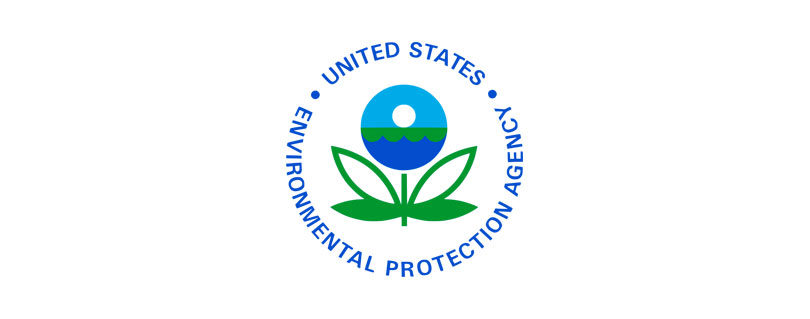EPA issues PFAS test order as part of National Testing Strategy
Publilshed by the U.S. Environmental Protection Agency (EPA)
WASHINGTON – The U.S. Environmental Protection Agency has issued the fourth Toxic Substances Control Act (TSCA) test order requiring testing on per- and polyfluoroalkyl substances (PFAS) under EPA’s National PFAS Testing Strategy, the latest action taken under EPA’s PFAS Strategic Roadmap to confront contamination from “forever chemicals” nationwide.
This action orders the 3M Company and Wacker Chemical Corporation to conduct and submit testing on the physical-chemical properties of 2-(N-Methylperfluoro-1-octanesulfonamido)ethanol (NMeFOSE) (Chemical Abstract Service Reference Number: 24448-09-7), including testing on the health effects following inhalation of this chemical. NMeFOSE has been used widely in products, including clothing and carpet treatments as well as furniture coatings (paint and varnish). NMeFOSE has been found in the air and in biosolids, which are a byproduct of the water treatment processes often used on agricultural fields as fertilizer. Studies have also demonstrated that NMeFOSE can accumulate in indoor dust and air, as well as in outdoor environmental media.
“Communities across the country need information about whether or not PFAS are in our air and water, and any health risks caused by these chemicals,” said Assistant Administrator for the Office of Chemical Safety and Pollution Prevention Michal Freedhoff. “This year, we’re continuing to use test orders to gather data about the health effects of PFAS so that we can take any necessary action to protect people and the environment.”
After thoroughly examining existing hazard and exposure data, EPA has concluded that NMeFOSE may present an unreasonable risk of injury to health or the environment. The potential hazards from exposure to this chemical could include damage to the nervous system and immune system, as well as cancer. The test order will help EPA better understand the potential hazards and potential exposures associated with NMeFOSE.
The information EPA receives under this order will not only improve the Agency’s understanding of human health effects of NMeFOSE, but also potential health effects of more than 100 PFAS that are structurally similar to NMeFOSE and add to the agency’s overall understanding of this category of PFAS.
The companies subject to the test order may either conduct the tests as described in the order, or provide EPA with existing information that they believe EPA did not identify in its search, but which satisfies the order requirements.
EPA encourages companies to jointly conduct testing to avoid unnecessary duplication of tests and will also consider possible combinations of tests that cover all required endpoints to diminish the amount of time, animal subjects and costs required.
The order employs a tiered testing process, as TSCA requires. The order is effective today, March 25, 2024. The results of all the first-tier testing are required to be submitted to EPA within one year of the effective date of the order and will inform the decision as to which additional tests are necessary. The order and any data submitted in response to this order will be made publicly available on EPA’s website and in the applicable docket on the Regulations.gov page, subject to confidentiality considerations under TSCA section 14.
PFAS National Testing Strategy
In the National PFAS Testing Strategy, EPA assigned PFAS into smaller categories based on similarities in structure, physical-chemical properties, and existing toxicity data. EPA is issuing test orders for PFAS in specific categories that lack toxicity data to inform EPA’s understanding of the potential effects on human health and the environment.
As EPA continues to further develop this strategy, refine its universe and categorization of PFAS, and consider stakeholder feedback, the agency also plans to increase the weight it places on the potential for exposures when identifying specific PFAS that would require testing.
Section 4 Test Orders
Developing Section 4 test orders is a complex and resource-intensive process involving many scientific and regulatory considerations, as explained in this Overview of Activities Involved in Issuing a TSCA Section 4 Order. Given the complexity of the testing requirements, a broad spectrum of experts across the agency worked to determine testing methodology and needs, as well as address other details of drafting and issuing an order, such as assessing the economic burden of an order.
Additionally, one order often applies to multiple companies. EPA must identify these companies and their associated points of contact. To improve the transparency of the process, EPA also works to resolve confidential business information claims that could prevent EPA from publicly connecting the company to the chemical substance prior to issuing test orders.
View the test order issued today and other Section 4 test orders.
Learn more about the National PFAS Testing Strategy.
Read the full article at: https://www.epa.gov/newsreleases/epa-issues-pfas-test-order-part-national-testing-strategy-0


